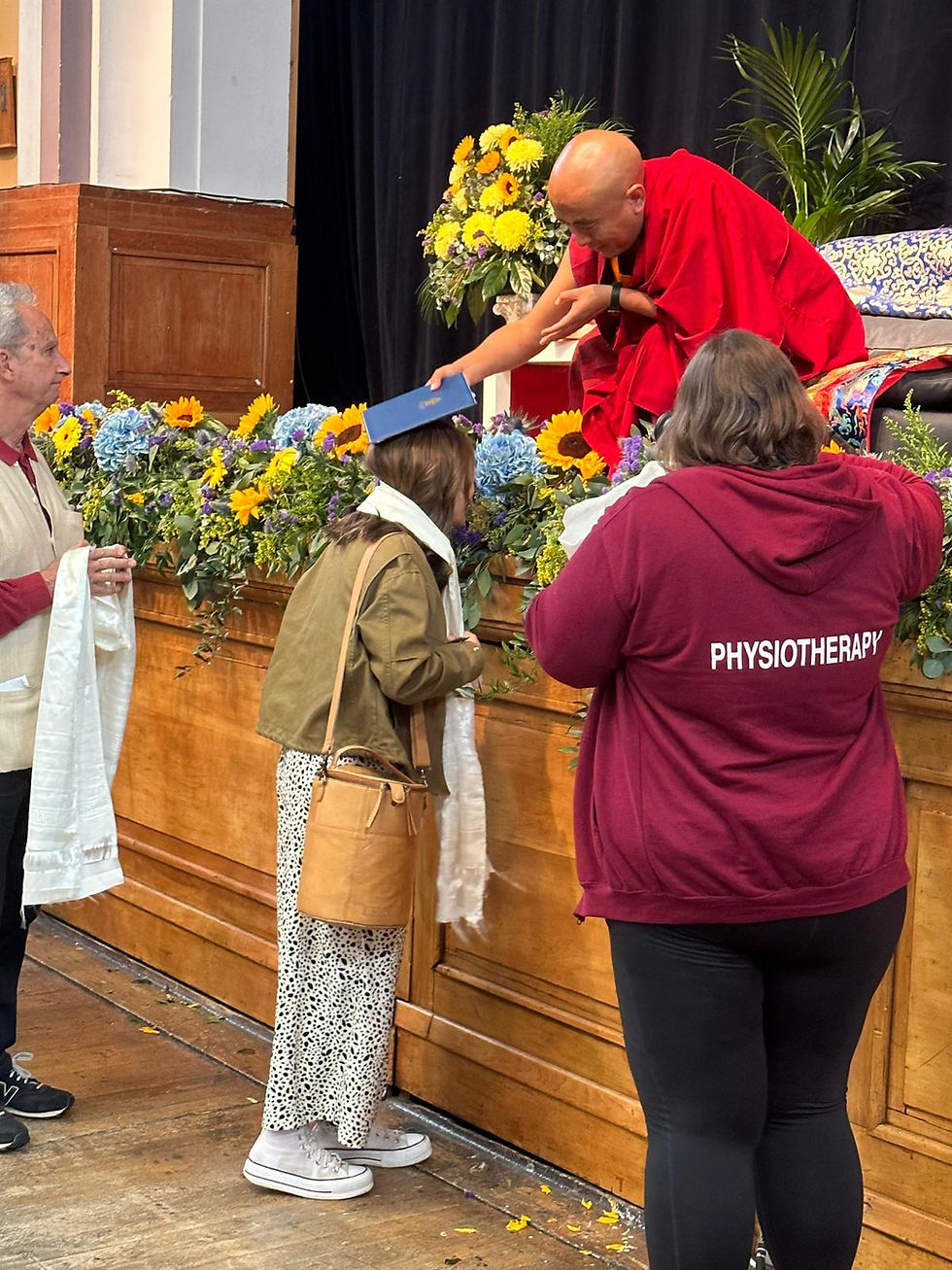Low Level Laser Therapy - How does it work?
- Monica Duncan Bailey

- Aug 16, 2022
- 1 min read
Updated: Dec 1, 2023

Background: Low-level light therapy (LLLT) is a recent addition to the pantheon of light-based therapeutic interventions. The absorption of red/near-infrared light energy, a process termed "photobiomodulation," enhances mitochondrial ATP production, cell signalling, and growth factor synthesis, and attenuates oxidative stress.
Photobiomodulation is now highly commercialised with devices marketed directly to the consumer. In the grey area between the commercial and therapeutic sectors, harnessing the clinical potential in reproducible and scientifically measurable ways remains challenging.
Objectives: The aim of this article is to summarize the clinical evidence for photobiomodulation and discuss the regulatory framework for this therapy.
Methods: A review of the clinical literature pertaining to the use of LLLT for skin rejuvenation (facial rhytids and dyschromia), acne vulgaris, wound healing, body contouring, and androgenic alopecia was performed.
Results: A reasonable body of clinical trial evidence exists to support the role of low-energy red/near-infrared light as a safe and effective method of skin rejuvenation, treatment of acne vulgaris and alopecia, and, especially, body contouring. Methodologic flaws, small patient cohorts, and industry funding mean there is ample scope to improve the quality of evidence. It remains unclear if light-emitting diode sources induce physiologic effects of comparable nature and magnitude to those of the laser-based systems used in most of the higher-quality studies.
Conclusions: LLLT is here to stay. However, its ubiquity and commercial success have outpaced empirical approaches on which solid clinical evidence is established. Thus, the challenge is to prove its therapeutic utility in retrospect. Well-designed, adequately powered, independent clinical trials will help us answer some of the unresolved questions and enable the potential of this therapy to be realised.




Comments